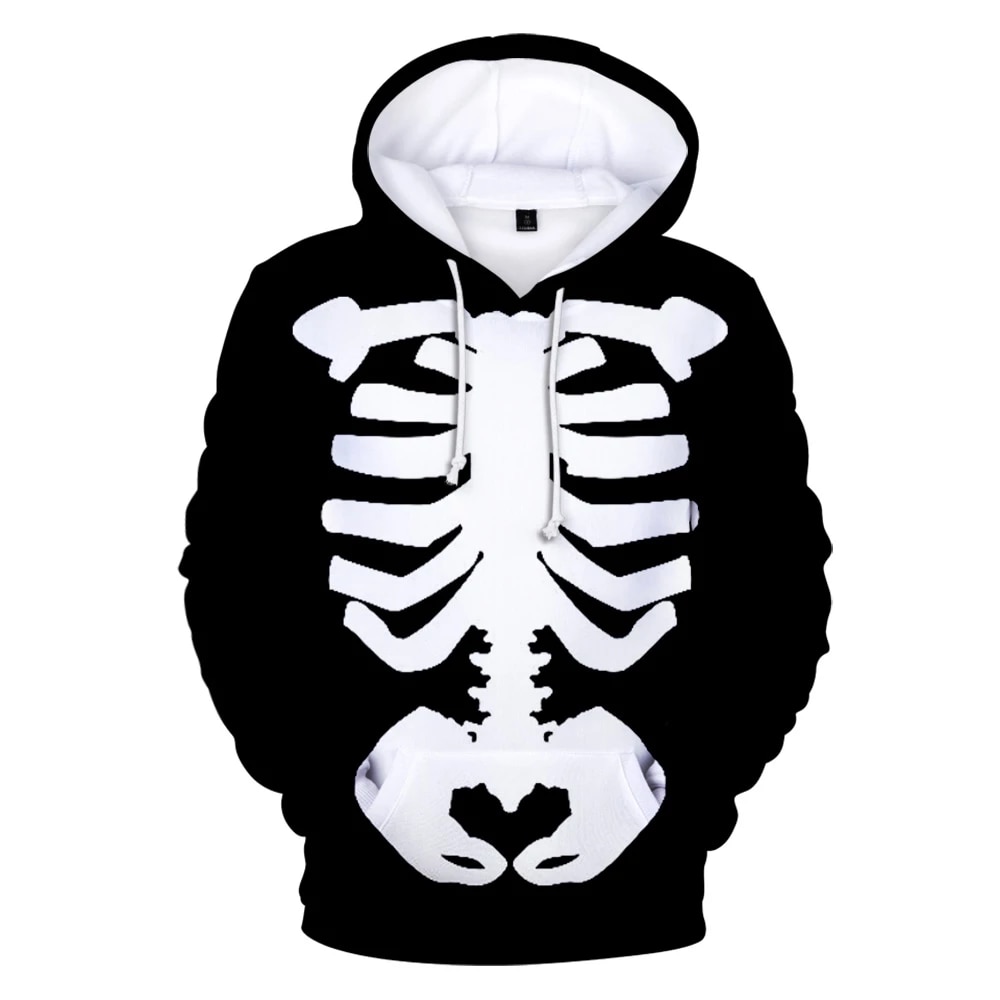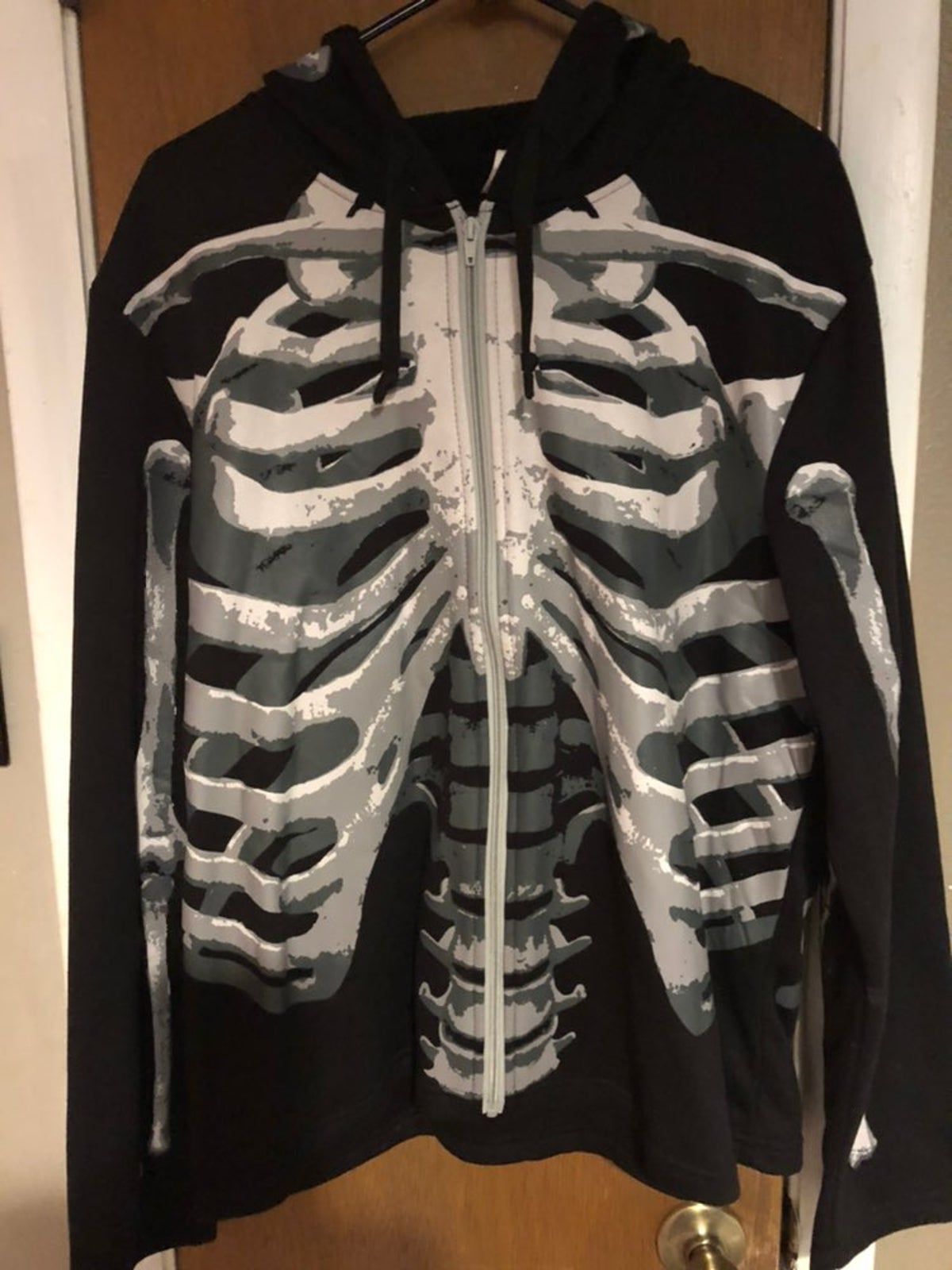You have definitely come across a variety of hoodies when looking for your next sporting look. If you haven’t already added a hoodie to your exercise wardrobe, there are a few reasons why you might want to do so. We will look at a few of them to see how this attractive and practical item of apparel may assist you. You can even surf skeleton-hoodie.com to get skeleton hoodies.
Temperature Regulation
A hoodie will keep you warm whether you are exercising out in a frigid gym or outside on a cold day. Staying warm during stretching and getting warmed up might help you maintain a consistent core temperature throughout your workout. Maintaining muscle and joint temperature during your workout is also vital for improving mobility and efficiency while lowering the chance of injury.

Allow Your Body to Sweat
A hoodie might assist stimulate sweating if you are the sort of person who has difficulties sweating. Sweating is your body’s way of expelling toxins, and the more you sweat, the greater your body gets at saving salt and other nutrients lost during this vital process. Sweating also aids in the loss of water weight. Although wearing a hoodie will not increase your calorie or fat burn, losing extra water can be a crucial step in any training programme. Sweating also aids in the regulation of your body temperature, helping you to keep warm without being overheated. You can try surfing in skeleton-hoodie.com
Comfort
Hoodies are extremely comfortable pieces of apparel, and our variety of hoodies is no exception. Some studies have discovered a correlation between comfort and productivity. This indicates that the more at ease you are, the more you will work throughout your workout, resulting in higher overall outcomes. Although not everyone loves working out in hoodies, the advantages might persuade many individuals. Whether you are wearing a hoodie or not, make sure you are staying hydrated enough to keep going.
Style
We adore a nice legging and sports bra combination at Bombshell Sportswear, but we realise it’s not for everyone. If you don’t want to go shirtless but yet want to showing off your attractive sports bra, a crop growth hoodie is a wonderful option. These hoodies are fashionable while still providing you with the benefits of a regular hoodie. Crop hoodies are also an excellent method to outfit your sportswear for the entire day, providing you a relaxed and inviting appearance.




